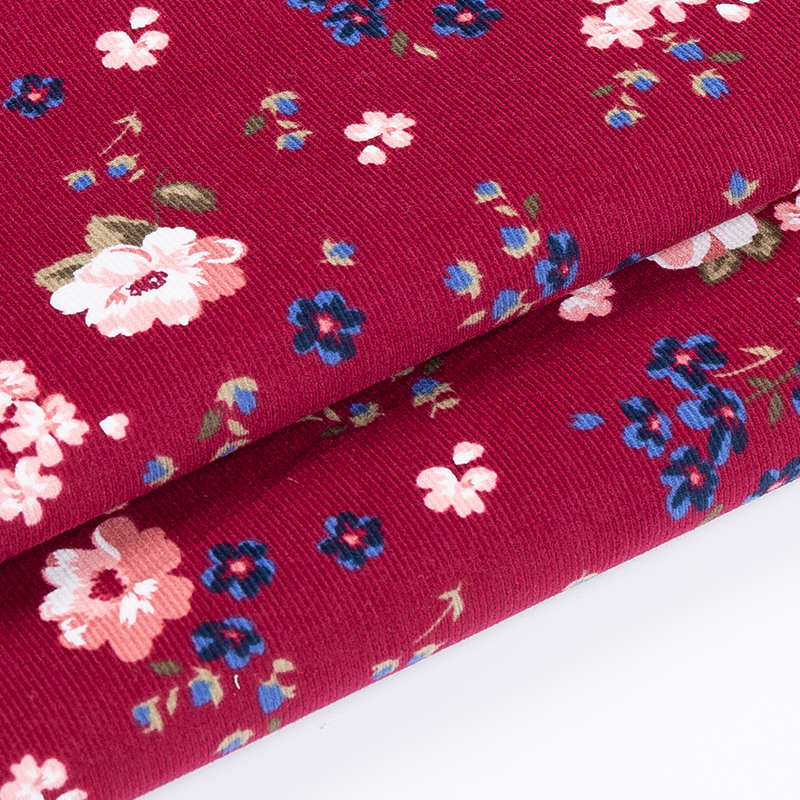Corduroy is often celebrated for its unique texture, which stands out due to its distinct ridged pattern, creating a plush, tactile surface. But how does it stack up against other popular fabrics like velvet and denim, particularly in terms of comfort and insulation across different climates? While all three fabrics offer their own distinct advantages, corduroy holds its own as a versatile material that is particularly well-suited for cooler weather. However, understanding its properties in comparison to velvet and denim can help you determine which fabric is best for your needs in various settings.
When it comes to insulation, corduroy is an excellent fabric for colder climates. The raised pile of the fabric creates air pockets between the fibers, which naturally trap heat and provide a layer of warmth, making it ideal for autumn and winter apparel like jackets, trousers, and skirts. This gives corduroy a distinct advantage over denim in terms of warmth. Denim, while durable and strong, lacks the same insulating properties because it is a dense, flat weave without the air pockets found in corduroy. This means that, although denim is often worn year-round, it may feel less comfortable during colder weather unless layered with additional garments. Velvet, on the other hand, is known for its luxurious texture and ability to retain heat, making it a close contender for insulation. However, the thicker, softer pile of velvet can sometimes feel warmer and more plush than corduroy, though it may also be heavier and less breathable.
Comfort is another area where corduroy and denim differ. Corduroy fabric is softer than denim, making it a more comfortable option for prolonged wear. The raised pile gives corduroy a plush, velvety feel against the skin, which is ideal for those seeking comfort in colder months. Denim, while classic and durable, can feel stiffer and less flexible, particularly in the colder months when it tends to lose some of its softness. Velvet, with its smooth and opulent surface, provides a luxurious touch against the skin, but its weight and lack of breathability in warmer weather can make it less comfortable during hotter months. Velvet is best suited for special occasions or indoor wear in controlled temperatures, while corduroy strikes a good balance, providing both comfort and warmth for day-to-day wear in various temperatures.

Another important consideration is versatility. Corduroy has a flexibility that makes it suitable for a range of different uses, from fashion to home furnishings. It can be easily tailored into different types of garments, and its soft texture makes it an excellent choice for both clothing and upholstery, particularly in cooler climates. In contrast, denim, while durable and trendy, is less versatile in terms of its feel and temperature regulation. Its stiffness may not lend itself to comfort in all situations, particularly in colder weather or when seeking a plush, cozy fabric. Velvet, though stunning and comfortable, is generally more of a seasonal fabric, often best suited for evening wear, luxurious furnishings, or colder months due to its warmth and weight.
Corduroy strikes a balance between the plush comfort of velvet and the durability of denim, while offering superior insulation properties compared to denim. It provides warmth and comfort for cooler climates without the heaviness or lack of breathability that velvet can bring. It is softer and more comfortable than denim, especially for long wear, and can be used in a wide variety of applications. Corduroy stands out as a versatile, cozy, and practical fabric for everyday wear, making it an ideal choice for those who want the best of both worlds.



 English
English Español
Español Jan 27,2025
Jan 27,2025














 +86-519-86503571
+86-519-86503571
 Phone: +86-13218666905
Phone: +86-13218666905 Tel: +86-0519-86503571
Tel: +86-0519-86503571 Fax: +86-0519-86508551
Fax: +86-0519-86508551 E-mail:
E-mail: 